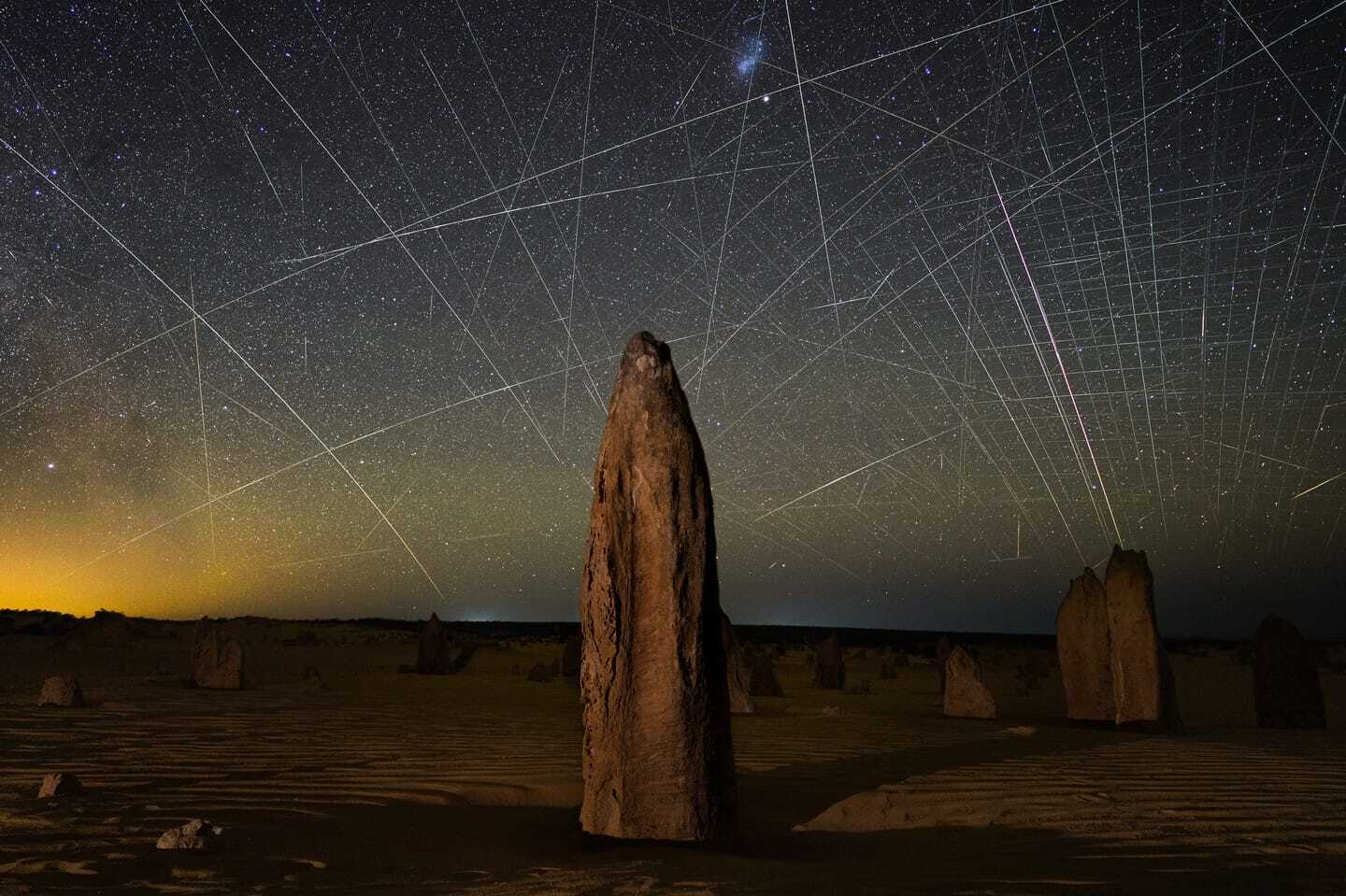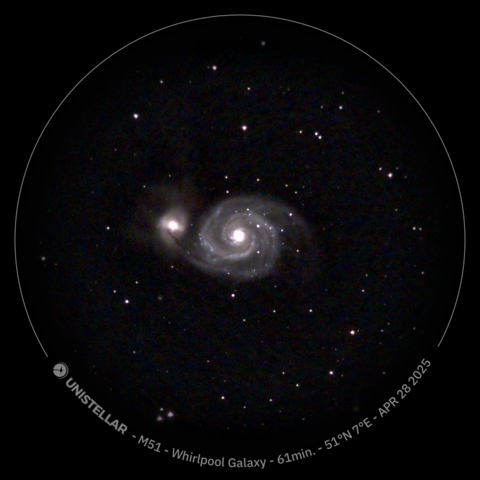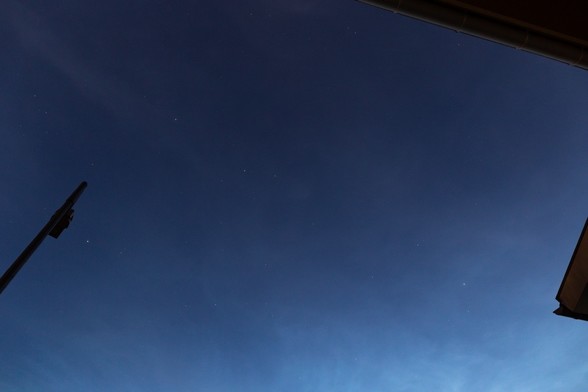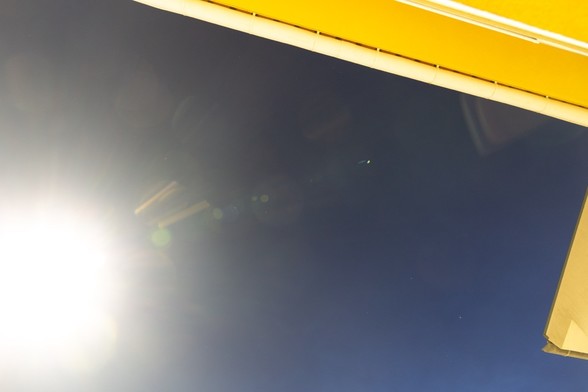Light pollution is a problem we can solve. By embracing energy-efficient lighting, reducing outdoor light, and supporting dark sky initiatives, we can reclaim our night skies and create a more sustainable future. Let's work together to bring back the stars! #sustainability #lightpollution #darkskies
Recent searches
Search options
#lightpollution
"Approximately 70 percent of mammals are nocturnal but, like the badger, can no longer depend on the darkness of night to survive. As humans have increasingly encroached upon their territory, artificial light at night has followed."
#rewilding #darkness #night #stars #lightpollution #wildlife #moths #birds
https://www.rewildingmag.com/why-and-how-to-rewild-the-night/
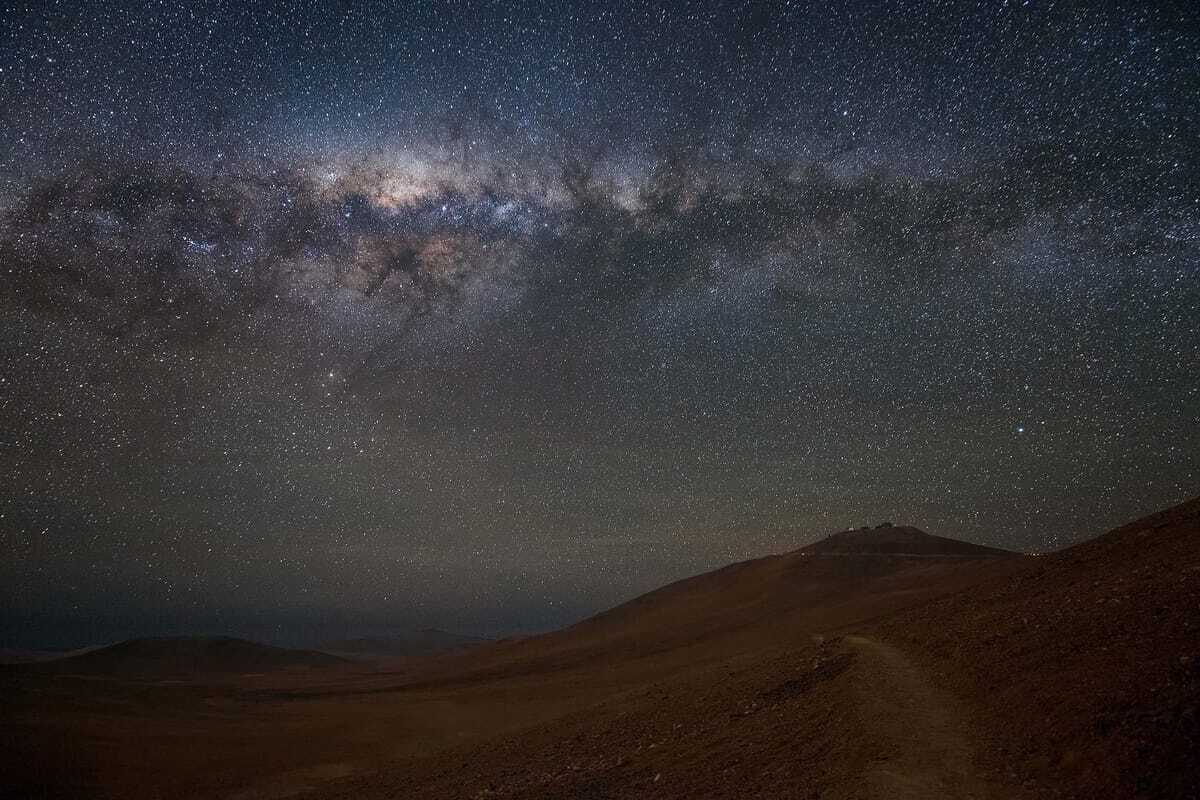
"Air pollution and ALAN exposure are linked to memory impairment, with combined effects potentially amplifying risk. #Biomarkers play a key role in mediating these effects, suggesting a need for targeted public health measures to mitigate these environmental health risks."
https://link.springer.com/article/10.1186/s12889-025-22863-5
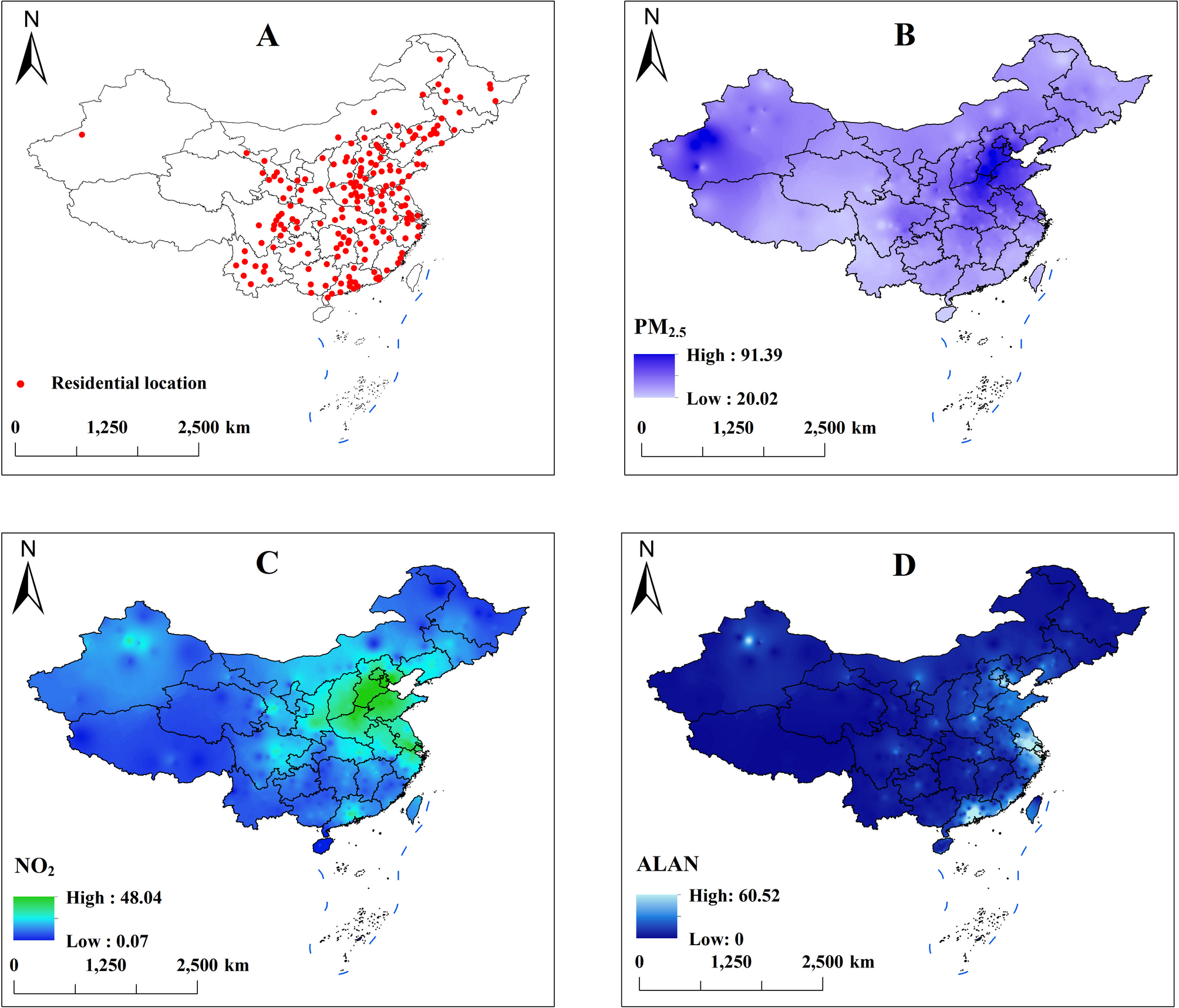
"Our results document the complex consequences of [artificial light at night] and high fructose intake on endocrine control mechanisms that can have a long-term negative impact on metabolic health.*"
(*in rats)
https://www.sciencedirect.com/science/article/abs/pii/S0303720725001108
Here's an image I took of the Whirlpool galaxy in my backyard a few nights ago with an #evscope.
My backyard is not especially dark, there is a lot of #LightPollution. But the camera integrated the starlight for about an hour, and displays the background as black (with the light pollution removed).
Without light pollution, the background would still be black, but the galaxy have more details and would be more defined, because the signal to noise ratio would be much higher.
The night sky has long been caught between two notions of 'environment': one on the ground and the other among the stars. But these two realms are much more closely connected than previously believed. Protecting natural nighttime darkness by reducing light pollution may benefit from a shift in thinking that sees an explicit connection between Earth and cosmos. Read more about how adopting this view would bring both a different ethic and a jurisprudence to bear on the issue.
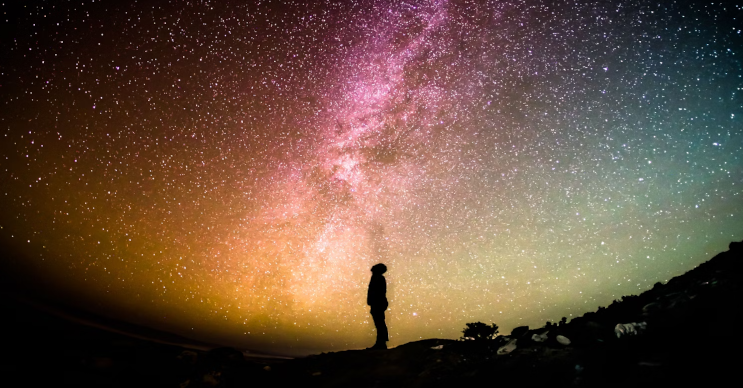
In a just world, four (if not five) of them wouldn't have happened. #SpaceJunk #PrivateSpaceflight #pollution #LightPollution #RadioPollution #billionaires #StopBillionaires #satellites #starlink #guowang #kuiper #LowEarthOrbit #LEO
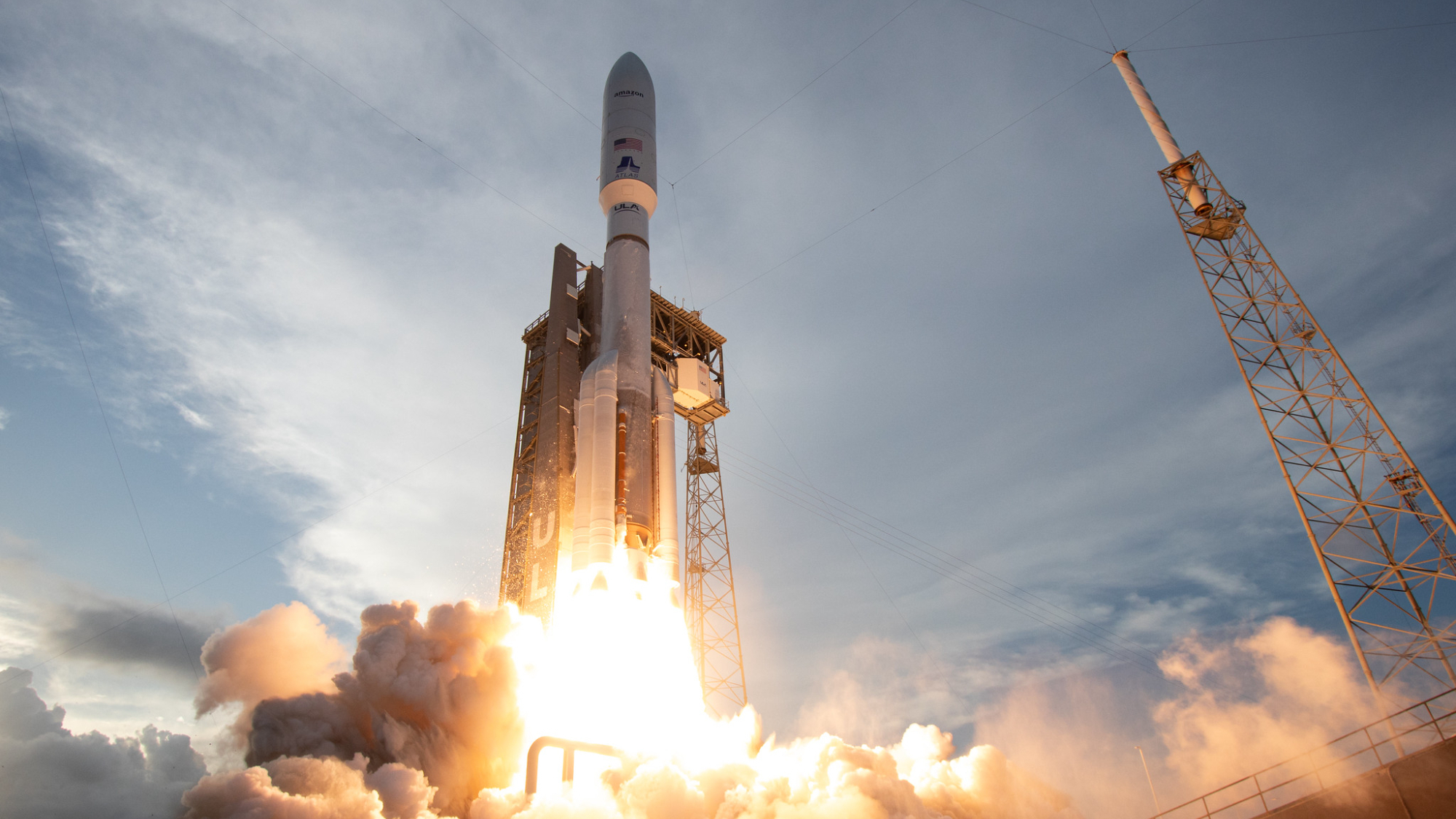
Porto at dusk - before & after the Iberian blackout, April 28th, 2025.
Unfortunately (unpopular opinion ;) ), the energy was restored just before the end of twilight. Some stars had started to emerge. A missed opportunity to witness the best starry sky of the last 100 years.
#lightpollution #poluiçãoluminosa
Lichtverschmutzung ist mehr als nur störend – sie verändert Lebensräume und gefährdet Arten. Millionen Insekten sterben, nachtaktive Tiere verlieren Rückzugsräume, Pflanzen werden nicht mehr bestäubt. Dabei wäre sie einfach zu vermeiden: unnötiges Licht aus, warmweißes Licht, gut abgeschirmt. Weniger Licht – mehr Leben.
#Lichtverschmutzung #LightPollution
https://www.artensterben.de/lichtverschmutzung-auswirkungen-auf-die-umwelt/
The Gateway Arch will go dark starting this week.
"Starting on May 1, the LED lights that illuminate the Arch at night will be turned off to help migrating birds find their way safely."
@senanthic I remember seeing the milky-way like that with the naked eye. These days, you need HDR on your phone-camera.
#LightPollution
On Friday, 30th May, along with two of my lighting design colleagues, I'll be putting on a HalfMoon Education webinar "Residential Lighting Design: Function, Sustainability and Energy Systems". Participants can earn American Institute of Architects CE credits.
Registration & info: https://halfmoonseminars.org/product/webinars/residential-lighting-design-function-sustainability-and-energy-systems/
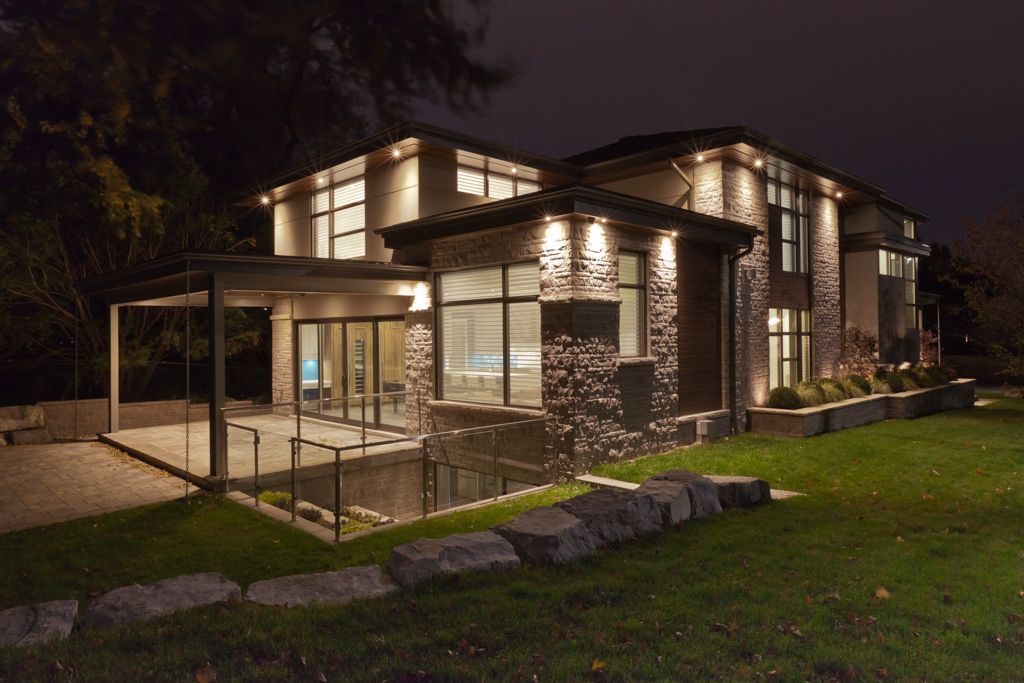
@koen_hufkens @nick_appleyard VIIRS DNB is sensitive to the IR peak in HPS lighting, but not to the blue light (below 500 nm) from "white" sources like LED. So a complete switch from HPS to LED that kept everything else constant could result in a decrease of up to around 30%.
But NOT ALL LIGHT COMES FROM STREETLIGHTS! If we're talking about cities, we're not even talking about most of the light! See for example:
1) https://doi.org/10.1177/1477153520958463
2) https://doi.org/10.1177/1477153520958463
And especially Table 1 here: https://doi.org/10.26607/ijsl.v25i1.133
The decreases in France are presumably real, and most likely due to a combination of the national #LightPollution law and the movement to completely turn off streetlights late at night (1/3 of French communities now do this). Keep in mind that DNB observes late at night - it's entirely possible that France at 10pm is as bright or brighter than ever.
"Many Indigenous traditions and knowledge systems around the world are based on the stars, and the peoples' ability to observe and interpret stellar positions and properties is of critical importance for daily life and cultural continuity. The erasure of the night sky acts to erase Indigenous connection to the stars, acting as a form of ongoing cultural and ecological genocide."
Whitening the Sky: light pollution as a form of cultural genocide
https://arxiv.org/abs/2001.11527

Talking about the environment with astronomy
https://edu.inaf.it/in-english/about-environment-with-astronomy/
For the Earth Day 2025, we present you a collection of educational activities on the Earth and topics such as global warming and light pollution.
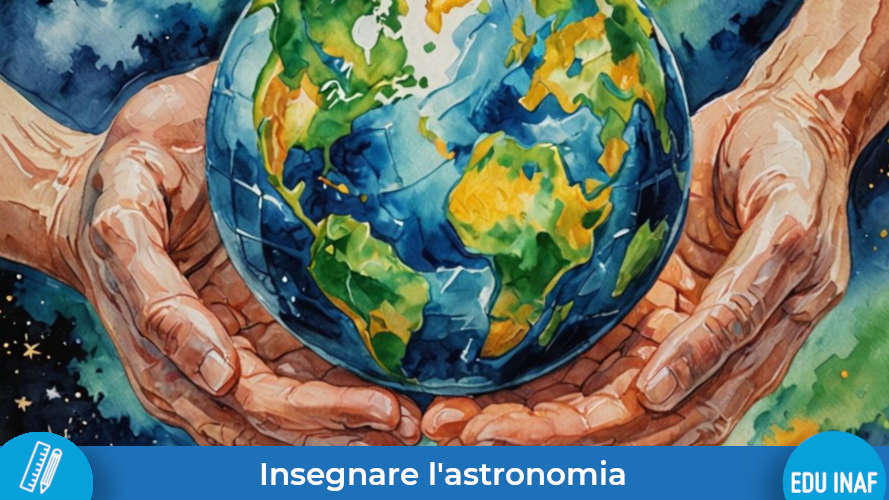
The dramatic state of light pollution and sky glow in Belgium (figure for some upcoming work).
Talking about the environment with astronomy
https://edu.inaf.it/in-english/about-environment-with-astronomy/
For the Earth Day 2025, we present you a collection of educational activities on the Earth and topics such as global warming and light pollution.
“Using photometric and spectroscopic sensors, we observed up to 50% night sky darkening during Earth Hour from 2011 to 2024 in Hong Kong, primarily as a result of a small but critical number of lights-out instances in central business districts, as evidenced by crowd-sourced photography records. The emission reductions mostly occurred in the 445–500, 500–540, and 615–650 nm spectral ranges---corresponding to peak emissions from LED billboard screens--- and in the 585–595 nm range, associated with metal halide floodlights used for facades and billboards. Our study identifies these sources as major contributors to urban light pollution.”
(Note: not yet peer reviewed, but the authors are legit.)
Stunning Image of the Australian Desert Illuminates the Growing Problem of Satellite Pollution
https://www.thisiscolossal.com/2025/04/joshua-rozells-light-pollution/ v @colossal
#photography #nature #satellites #LightPollution #space
